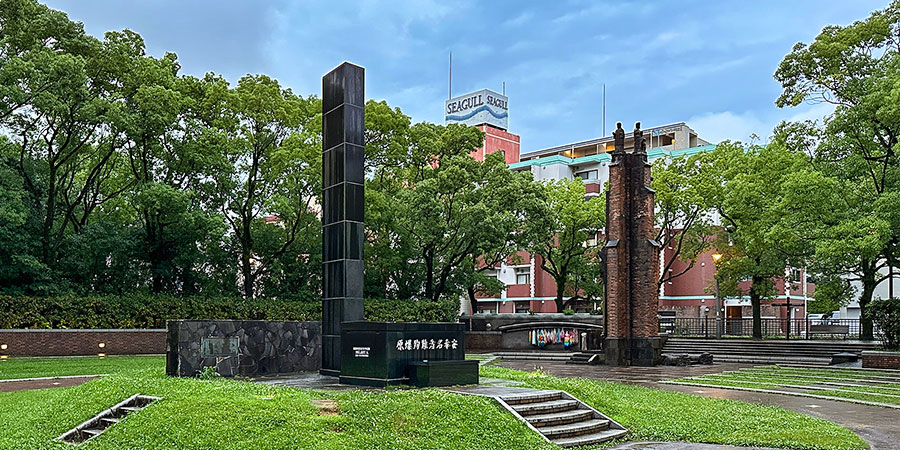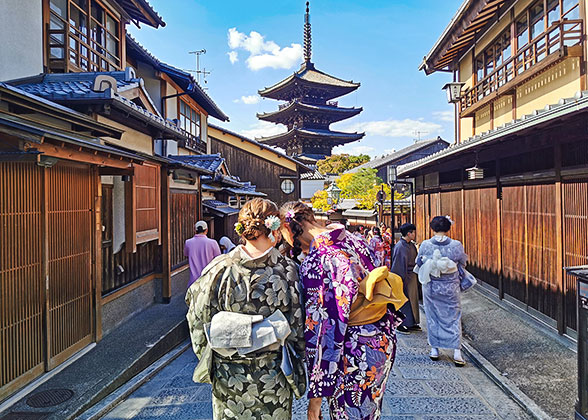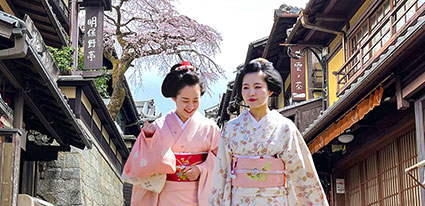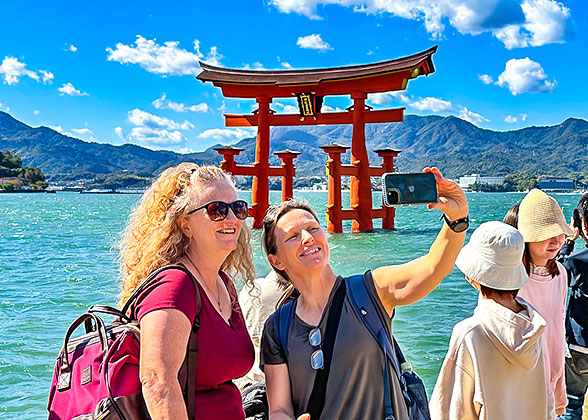Nagasaki Atomic Bomb Museum
Located inside Nagasaki Peace Park, Nagasaki Atomic Bomb Museum displays related materials about being bombed by a-bomb named “Fat Man” on August 9, 1945. The clock which stops at 11:02, remains of Urakami Cathedral, and paintings depicting a living hell after the bombing, are all here to remind people of the incurable wounds of Nagasaki and deliver a hope for eternal world peace.
Nagasaki Atomic Bomb:
Nagasaki used to be one of Japan’s most important marine forts. However, everything changed at 11:05, August 9, 1945. To oblige Japan to surrender in WWⅡ, the US made a decision to drop two atomic bombs in Hiroshima and Nagasaki. In the wake of the first bomb in Hiroshima, “Fat Man” killed 74,000 people, which took up 37% population of Nagasaki, and destroyed 60% buildings of the city. As for the aftermath of “Fat Man”, it leaves Nagasaki the name of “the bombed city” forever.

Nagasaki Atomic Bomb Monument
|
4 Exhibition Rooms in Nagasaki Atomic Bomb Museum:
Four exhibition Rooms are set in the museum to provide visitors different angles to look upon the war.
Room A: August 9, 1945
Here shows some pictures of Nagasaki's city view and people’s daily life before the atomic bombing: western buildings, overseas visitors, thriving trades…
Room B: Damage caused by the Atomic Bomb
It recreates the devastation that occurred in the city of Nagasaki after the atomic bomb was dropped.Room C: A World Free of Nuclear Weapons
It provides a corner for thinking about issues of war and nuclear weapons, and peace. You will acquire full and accurate knowledge of the history and modern situation of nuclear weapons.Room D: Video Room and Q&A Corner
It displays atomic bomb documentary films and is equipped with Q&A corner, search system, etc.Must-sees in Nagasaki Atomic Bomb Museum:
1. The 1:1 Replica of “Fat Man”

Nagasaki Atomic Bomb Relics
|
2. The Devastation at Urakami Cathedrals
You will have a chance to look at the statue of angels and beads survived from that bombing. Urakami Cathedral has a rather long history and a unique meaning to Urakami. It was accomplished in 1914 and pious Christian believers spent 20 years to build it against persecution from Urakami government.
3. Survivors’ Descriptions
Video testimonies from survivors are stored here. You can see survivors describing what they saw and what they felt when the disaster happened. And paintings of Japanese artists are displayed, depicting the awful scenes of Nagasaki and people there after the bombing.
4. Leaflets Dropped by American Bombers
A number of leaflets were dropped by American pilots to warn the people in Nagasaki that there was going to be a bombing. The leaflets also provided information about the power of a-bomb and requested the citizens to leave Nagasaki.
5. A clock which stops at the moment of explosion: 11:02
6. A schoolgirl’s lunchbox with cabonized rice in it
7. Documentary: “August 9th, Nagasaki”. It’s 10 minutes long with English subtitles.
|
|
|
Tickets:
| Individual | 200 yen |
| Group of 15 or more | 160 yen |
Opening Hours:
|
September to April of the following year |
8:30-17:30,last entry at 17:00 |
|
May to August |
8:30-18:30, last entry at 18:30; Note: From August 7-9, the open time is 8:30-20:00 with last entry at 19:30 |
Audio Guide with English Service:
Usage fee: 157 yen per deviceHow to Get to Nagasaki Atomic Bomb Museum:
Take the tramcar from Nagasaki railway station to Peace Park and then walk for 5 mins.Nearby Spots Worthy a Stop:
Atomic Bomb Hypocenter Monument:
Within 3 minutes, you can get to the monument from Atomic Bomb Museum. As the central place where the a-bomb exploded in mid-air, the black granite stela stands here as the remembrance of those killed in the atomic war.
Peace Statue:
Near the monument, Peace Statue, created by a Japanese sculptor to commemorate victims in the a-bomb explosion, is one of the most impressive spots in Peace Park.




